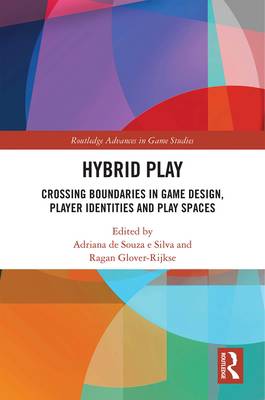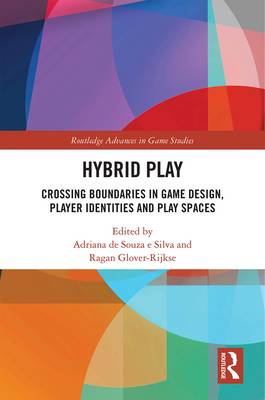
- Retrait gratuit dans votre magasin Club
- 7.000.000 titres dans notre catalogue
- Payer en toute sécurité
- Toujours un magasin près de chez vous
- Retrait gratuit dans votre magasin Club
- 7.000.0000 titres dans notre catalogue
- Payer en toute sécurité
- Toujours un magasin près de chez vous
Hybrid Play
Crossing Boundaries in Game Design, Players Identities and Play Spaces
Description
This book explores hybrid play as a site of interdisciplinary activity--one that is capable of generating new forms of mobility, communication, subjects, and artistic expression as well as new ways of interacting with and understanding the world.
The chapters in this collection explore hybrid making, hybrid subjects, and hybrid spaces, generating interesting conversations about the past, current and future nature of hybrid play. Together, the authors offer important insights into how place and space are co-constructed through play; how, when, and for what reasons people occupy hybrid spaces; and how cultural practices shape elements of play and vice versa.
A diverse group of scholars and practitioners provides a rich interdisciplinary perspective, which will be of great interest to those working in the areas of games studies, media studies, communication, gender studies, and media arts.
Spécifications
Parties prenantes
- Editeur:
Contenu
- Nombre de pages :
- 224
- Langue:
- Anglais
- Collection :
Caractéristiques
- EAN:
- 9780367427788
- Date de parution :
- 28-02-20
- Format:
- Livre relié
- Format numérique:
- Genaaid
- Dimensions :
- 155 mm x 236 mm
- Poids :
- 521 g

Les avis
Nous publions uniquement les avis qui respectent les conditions requises. Consultez nos conditions pour les avis.





